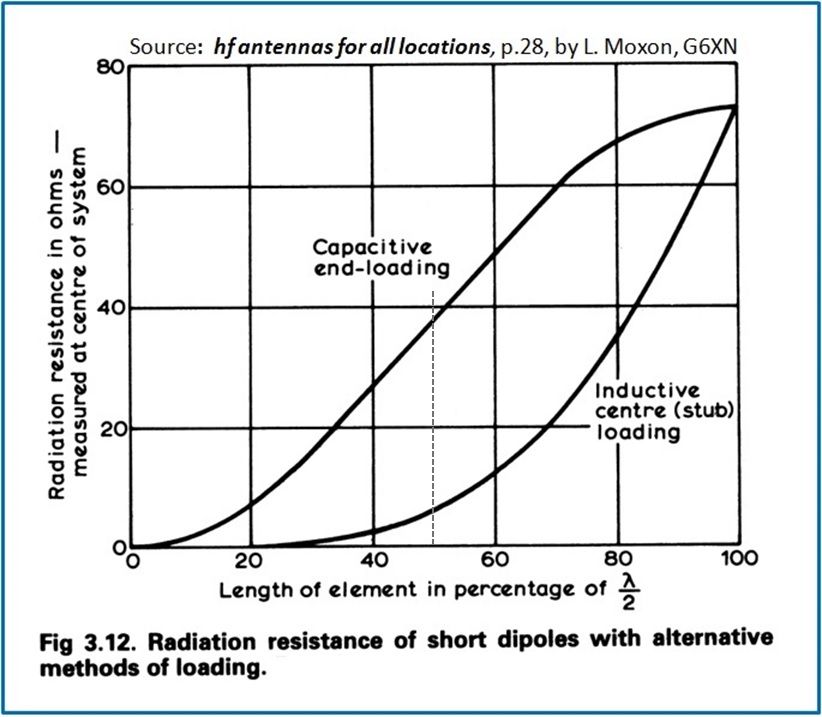Limited Space Antennas

Like me, most hams today are challenged with limited space for their HF antennas. I am constantly receiving emails from hams asking me what they can do with the postage stamp sized garden they have for their antenna(s).
The first thing I tell them is, it's going to be a compromise.
Either they must compromise on the number of bands they wish to use, or on performance. Really good performing antennas for limited space installations will need to be monoband antennas.
It's YOUR decision: do you want to be:
- A 'little fish' in a BIG POND (i.e., little pistole), or
- A 'BIG FISH' in a little pond (i.e., BIG GUN).
The Internet is full of suggestions for limited space antennas, but most of them are narrow-banded, poor performers. On the other hand, any antenna is better than no antenna at all, but why compromise?
Unfortunate Facts: "loaded antennas", be they inductive (coil) loaded, or linear loaded, are very inefficient. The reason is, this type of loading reduces the radiation resistance of the antenna, thus reducing its performance significantly.
The graph below shows the effect on Radiation Resistance when shortening the antenna with capacitive, inductive, or linear loading.
NOTE: "Radiation Resistance" sounds like a bad thing because of the word "Resistance" but actually it is a good thing. This is resistance caused by the antenna radiating. The larger this is compared to ground resistance, the stronger our signal.
Radiation Resistance is maximum (100%) when the antenna is full size.* In the case of a dipole, it is about 72 Ohms. A quarter-wave vertical with a good efficient set of radials underneath it has half that or about 36 Ohms. *Note: We can increase the Radiation Resistance even more by making
it larger than full-size, but this topic is about "limited space antennas".
If we reduce the size by half, using the different methods of loading, then the radiation resistance is:
- Dipole with Capacitive Loading: 36 Ohms
- Dipole with Inductive or Linear loading: 6 Ohms
- Vertical with capacitive loading: 18 Ohms
- Vertical with Inductive or Linear loading: 3 Ohms
If we reduce the size of the antenna even more, it gets worse; much worse!

The only way to shorten an antenna without reducing performance significantly is to use capacitive end-loading. This is perhaps more difficult to implement than inductive or linear loading, but much more efficient.
At the end of the day, no loaded antenna will ever be as efficient as a full-size antenna, but if we all had enough space for a full-size antenna, I wouldn't need to publish this page! (hi)
Thus, if PERFORMANCE is our goal, we will obviously want
to find ways to install full size antennas into limited space.
Because we all face different, individual challenges with our own specific "space available", there in not going to be a ONE-SIZE-FITS-ALL solution to the antenna problem.
On the next few pages, I will make some suggestions for people to try.
My suggestions are for relatively good performing antennas, not maximum reduction of size.
IN THIS SECTION OF MY WEB . . . I will focus on antennas that are good performers, despite being much smaller than a full size antenna. You will not find antennas with traps, loading coils or linear loading here. Most are mono-band antennas but there will be one or two multi-band antennas.
BEFORE WE BEGIN: FACTS to understand about SWR:
- SWR in NOT in any way a measurement of an antenna's performance.
- SWR is simply a mathematical statement of the relationship of the impedance of two different things (i.e., the antenna feedpoint and the transmission line, or the antenna system's impedance and the transmitter's output impedance).
- SWR tells us a little bit about the transmission line's ability to deliver power to the antenna, but it tells us absolutely nothing about what the antenna does with the power when it receives it.
You may not understand (believe) this yet, but it is often possible to
RAISE the SWR and INCREASE the PERFORMANCE of the antenna.
You will find an example in the info describing the Inverted-L antenna.
LIMITED SPACE ANTENNAS: Staying Inside the Box →
